You might also be interested

Ferrara is a small city and at the same time an enormous container of stories, places and characters. Over time, it has become - as Vittorio Sgarbi describes in one of his essays - a 'city of silence', a symbol of a metaphysical atmosphere, of existential apathy, of an unconquerable magnetism. Its streets, its ruts, its monuments, its eclectic history have motivated and inspired so many figures. The city has been described, painted, extolled in so many ways that it has become immortal. Ferrara is associated with so many artists who were born or grew up here, such as Ercole de' Roberti, Filippo de Pisis, Giovanni Boldini, Mimì Quilici Buzzacchi. But not only. In the second half of the 20th century, the city became one of the main centres of contemporary art in Italy, hosting an endless array of famous international names. Between the 1960s and the 1990s, the Palazzo dei Diamanti conquered its place in the international art system with exhibitions on Marc Chagall, Claude Monet, Jim Dine, Robert Rauschenberg and many others: this is how contemporary art is experienced and known in Ferrara's palaces. But often it is the artists themselves who have been inspired by the dreamy atmosphere that hovers in the streets of Ferrara or by the architecture of the Este. One example among many is the name of Giorgio de Chirico, indissolubly engraved in the history of our city. However, there are at least five international artists who have been inspired by Ferrara, taking its name beyond its borders. Would you have guessed it?
5 artists who have been inspired by Ferrara (and you just wouldn't have guessed it)
Malgorzata Migra-Tas
The artist Malgorzata Mirga-Tas is the most recent example: her textile installation Da Schifanoia: re-enchanting the world can be visited until 10 April 2023 at the Castello Estense.
An artist and activist of Polish nationality, belonging to the Roma Bergitka group, Migra-Tas was born in 1978 in the small village Czarna Góra, in the vicinity of the Tatra Mountains, where she still lives today. In November 2021, the artist visited the city to document and admire the Renaissance frescoes in Palazzo Schifanoia, in preparation for her participation in the 59th Venice Art Biennale (2022), where she represented the Polish Pavilion. After only a year, his textile installation is back where it all began, in Ferrara: part of the project is in fact on display in the Sala degli Stemmi in the Castello Estense. The allegories of the months, the system of the decans, the cyclical nature of images, the imaginable journey through space and time - between India, Persia, Asia Minor, Ancient Greece, Egypt and Europe - are the references that Migra-Tas absorbs to return a different narrative, a visual enchantment in the form of tapestries. In his work, he expands the horizons of the classical iconosphere and deconstructs stereotypes about Roma communities with a different narrative and a positive iconography aimed at the search for a sense of community.
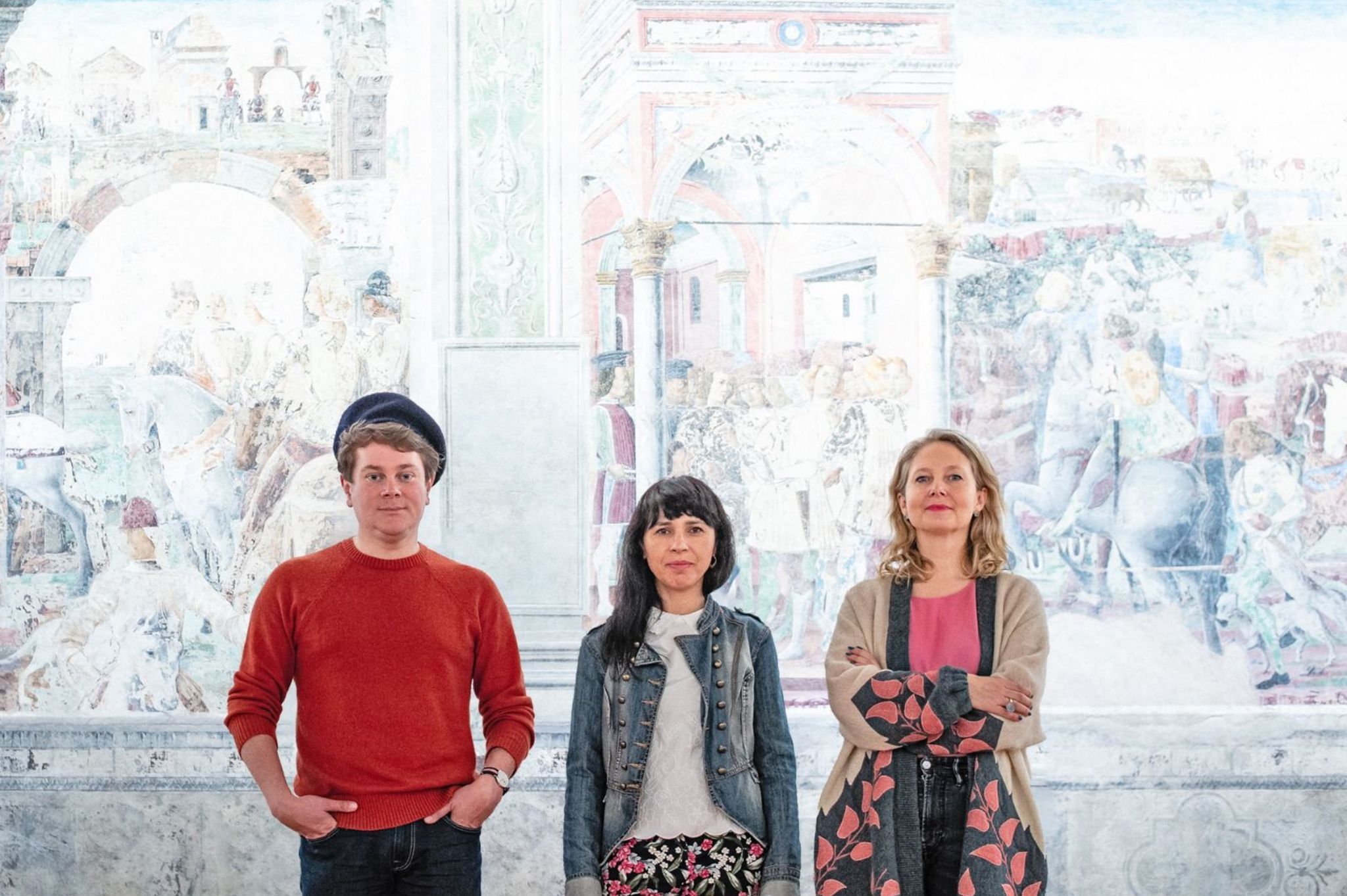
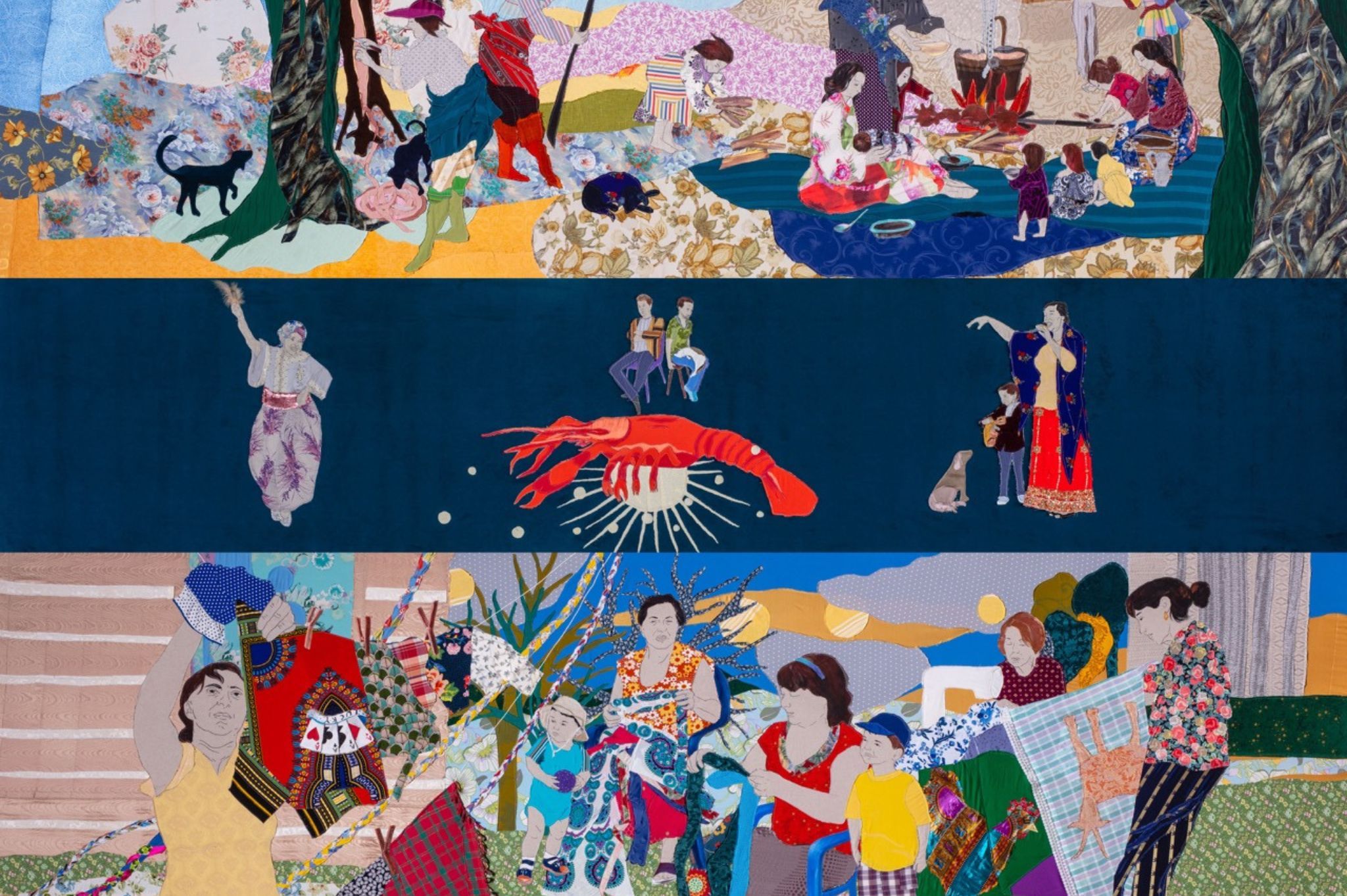
Diego Velázquez
The Spanish painter (1599-1660) was one of the most emblematic and important Baroque artists of the 17th century: for Velàsquez, painting created life, through full-bodied brushstrokes and thanks to 'the colour and sign that circulates a vibrant atmosphere around the figures'. Velázquez undertook a trip (the first of two) to Italy in 1629, probably prompted by the Flemish painter Rubens and the need to learn more about Italian painting, of the great Venetian masters of the 16th century. He disembarked in Genoa on 20 August of the same year and headed for Venice, also passing through Ferrara. He only stayed for a few days as a guest of Roman Cardinal Giulio Cesare Sacchetti, governor of the city (1627-1631), which after the Este family had become part of the Papal States. The Spanish painter, probably to thank the cardinal for his hospitality, painted a self-portrait of himself during the nocturnal hours spent in those same rooms of the Este castle that had been made available to him for his brief stay in Ferrara. But Velàsquez is also linked to Ferrara by another (indirect) thread: in 1638 he painted a portrait of Francesco I d'Este (1610-1658), son of Alfonso III, the last Este Duke to be born in Ferrara before the Devolution of the city to the Papal States (1598). The work, now housed in the Estense Galleries (Modena), was quickly made by re-using a previously painted and then abraded canvas to depict the features and personality of Francesco I, the protagonist of the Este rebirth in Modena, during one of his visits to the Spanish court.
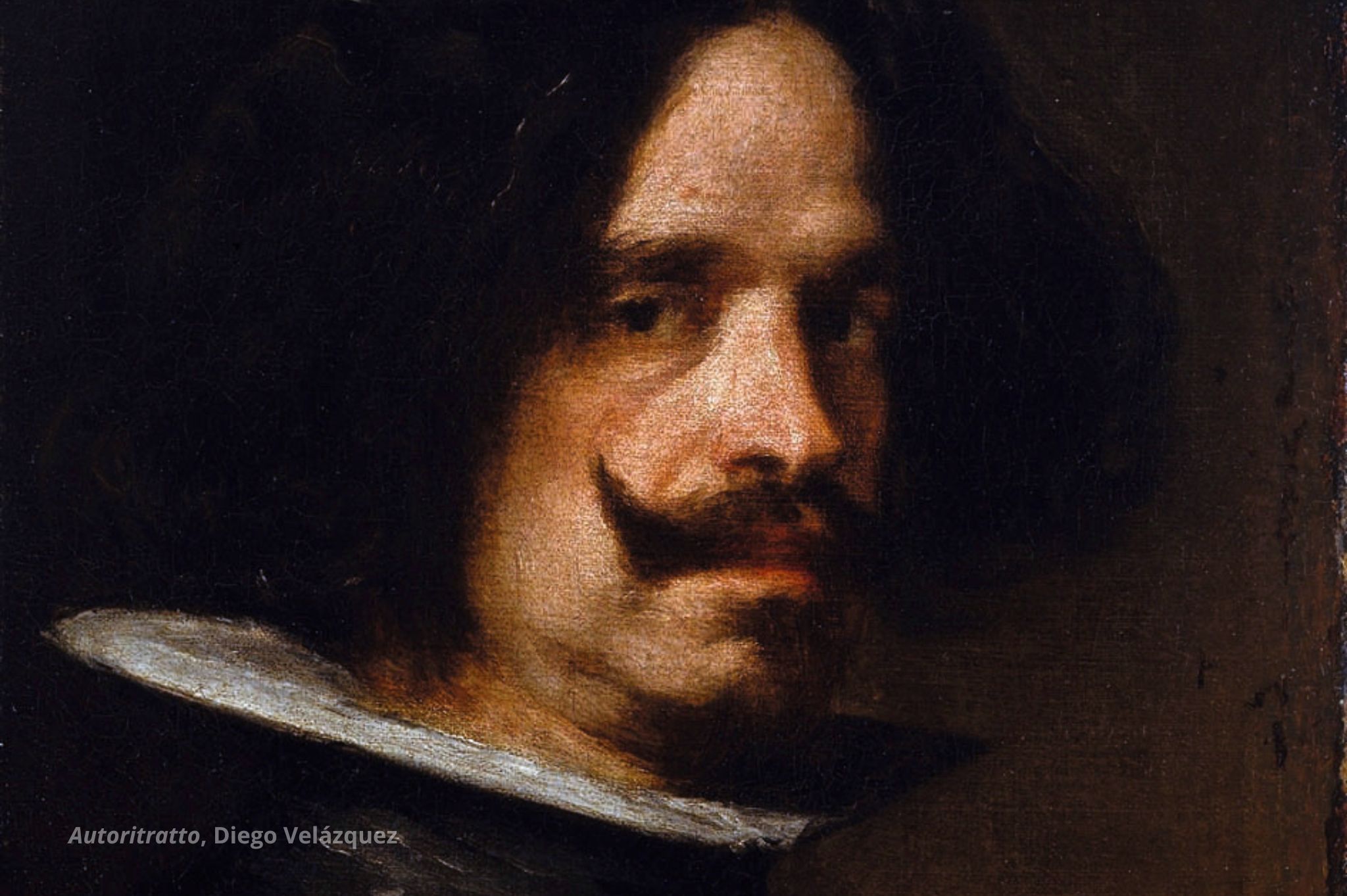
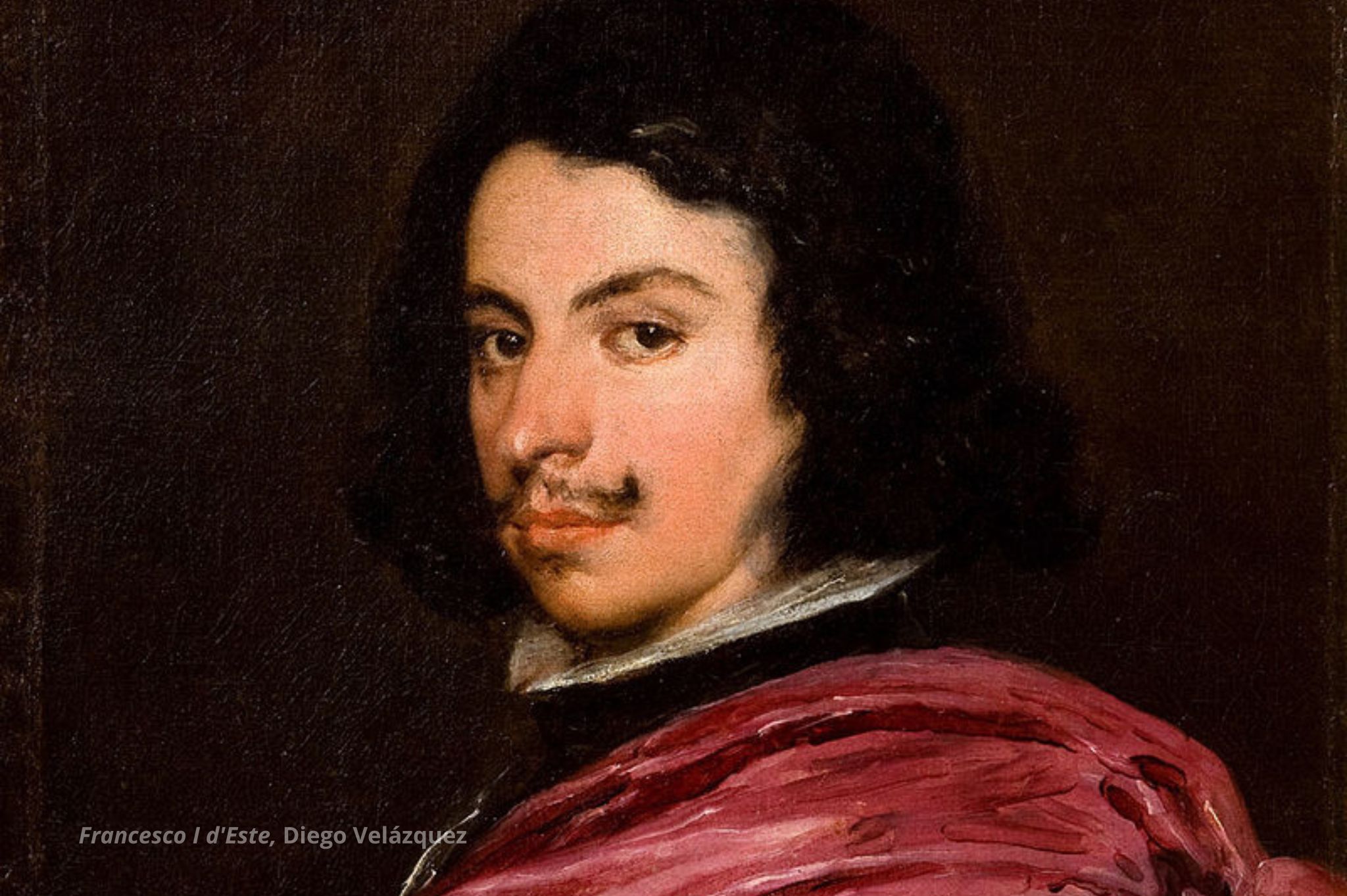
William Turner
We also find traces of Ferrara in some sketches by the English artist William Turner (1775-1851). The painter, one of the best known of Romanticism and a source of inspiration for Impressionism, over the course of his life went beyond the limits of perspective depiction, creating a whole new space imbued with light and colour.
Italy had a fundamental role in his artistic development: fascinated above all by its cultural tradition, during his travels Turner used to immortalise in his notebooks everything new that his gaze could absorb and capture. And this is what happened on his journey from Bologna to Ancona, during which he passed through Ferrara and decided to make some quick drawings showing imposing buildings over bridges: having worked as a draughtsman at some architectural firms, he was certainly not indifferent to the grandeur and beauty of Ferrara's palaces. And indeed, one of the drawings dated 1819, preserved today at the Tate Britain in London, depicts precisely the grouped towers of the Castello Estense.
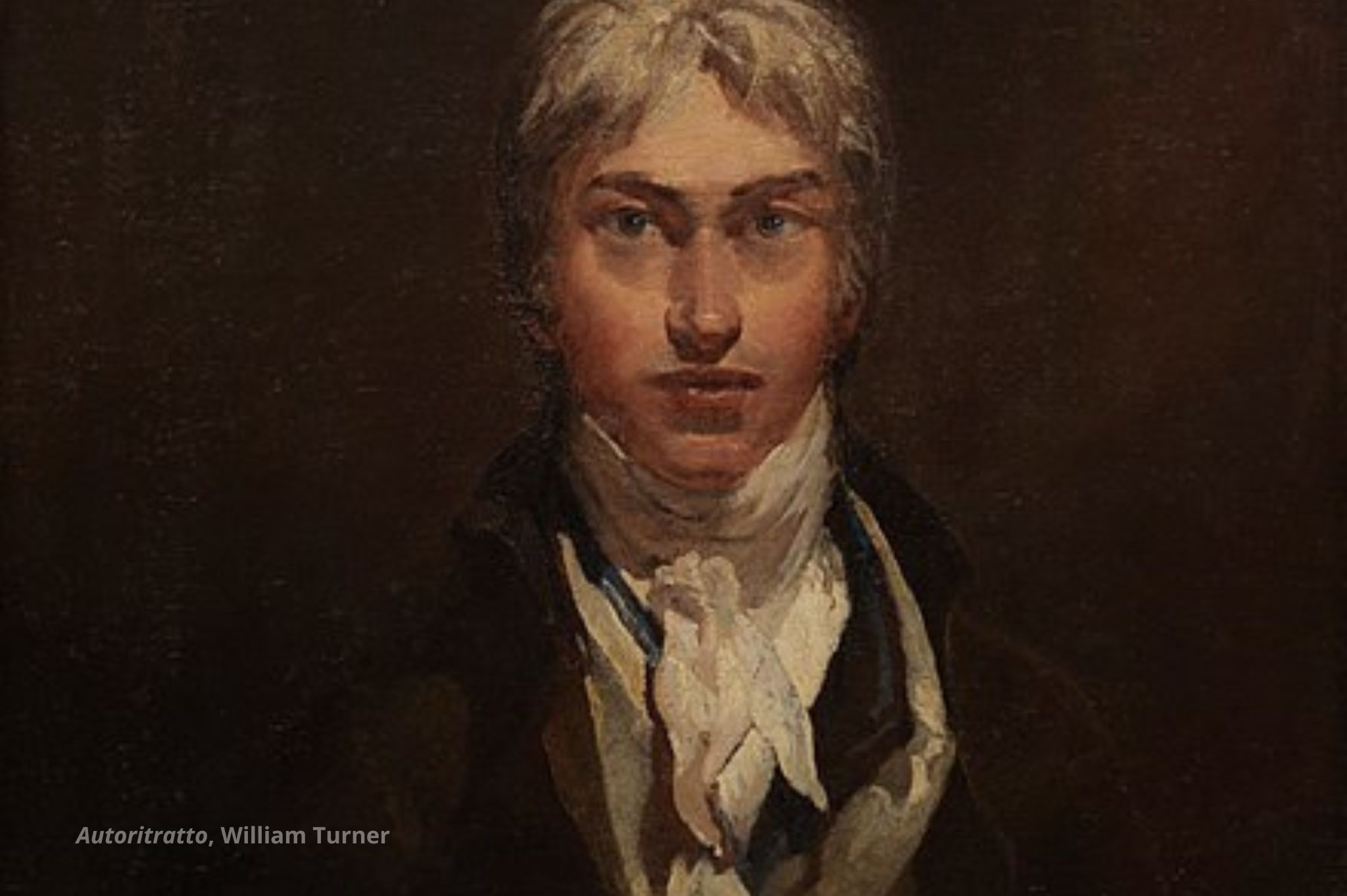
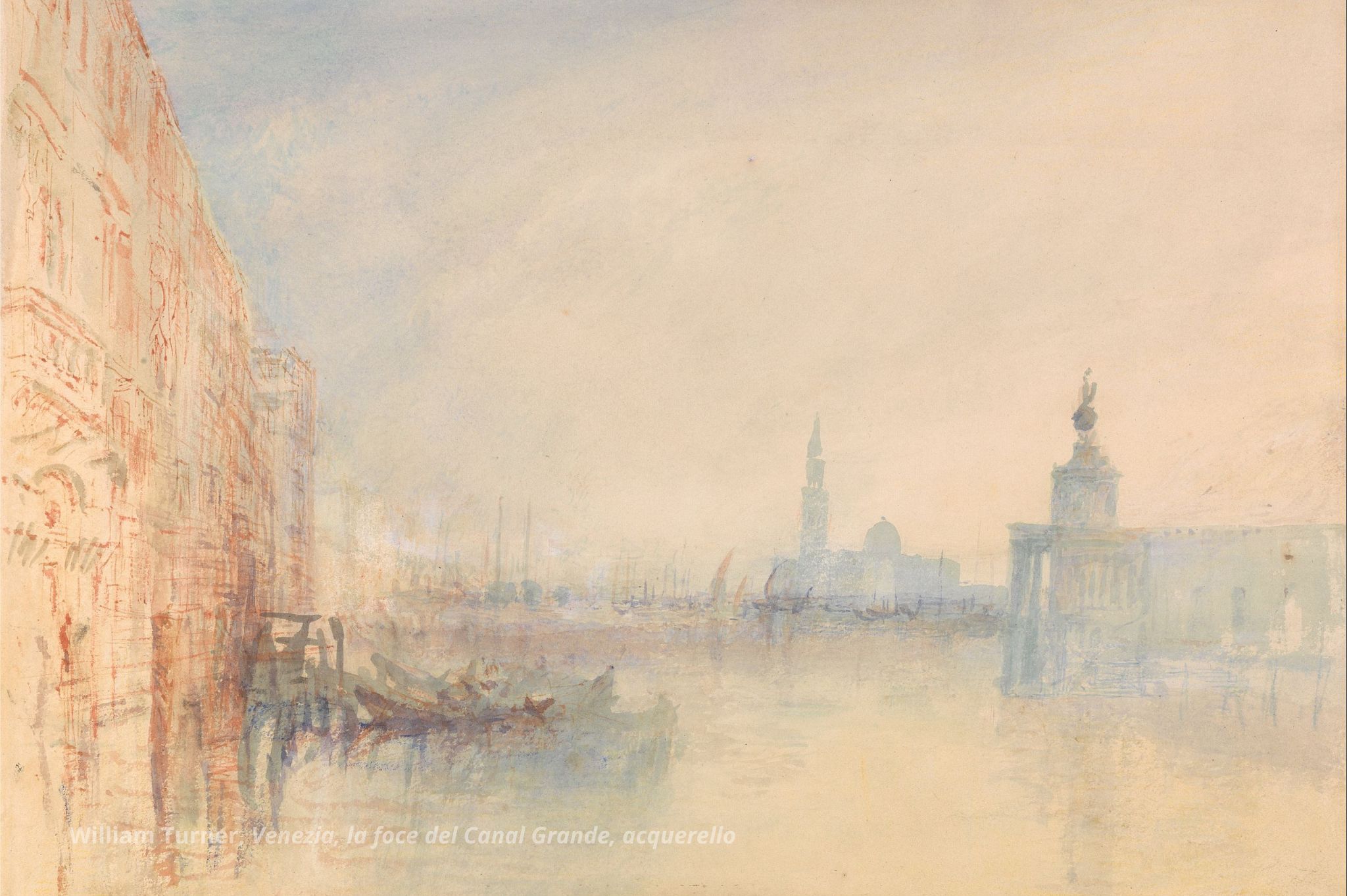
Harold Null
The American photographer (1916-1996), defined as "contemplative, static, always elegant", during his artistic career investigated the quiet presence of objects through the perfect synthesis of lyricism and formalism. Arriving in Italy in 1955, he discovered the work of painter Giorgio Morandi, whose still lives, formal research and geometric simplification he particularly appreciated. Between 1956 and 1961, he went to the Po Valley to photograph the river Po and produced a series of shots, published in the volume Riva di Po, following the suggestion of some Po Valley friends. Although Null was initially rather hesitant, the slow, flat course of the river, the fog and the rarefied light won the photographer over. On the other hand, as Riccardo Bacchelli shows in the introduction, "the fascination with the plains is a feeling that is slow to occur, vague, indeterminate", and stems from the absence of visible, tangible objects.
The results of his shots are an essential narrative and a figurative simplicity that is rare: he discovers and depicts blacks and whites, voids and solids, weaves and rhythms, lights and shadows.
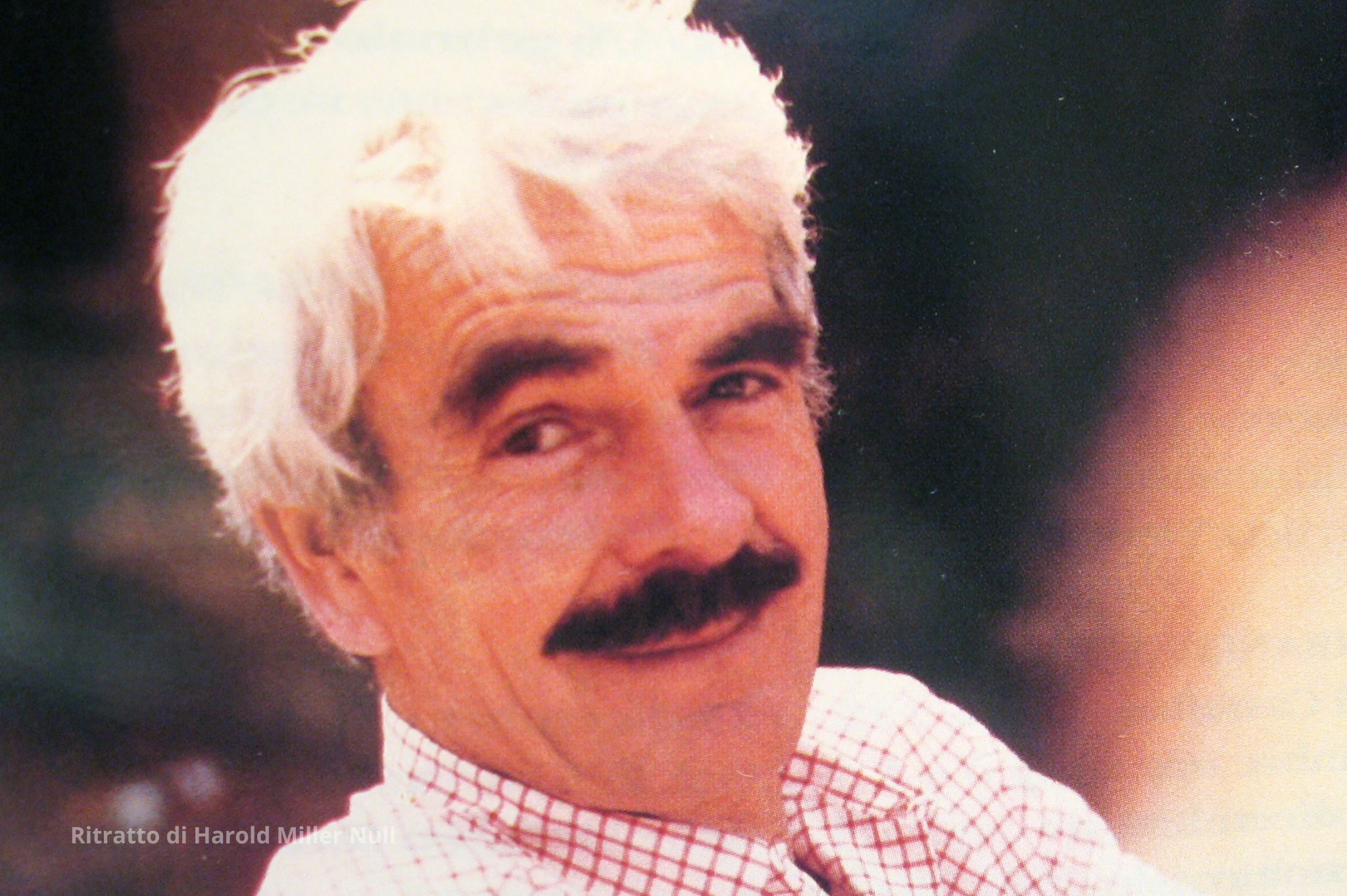
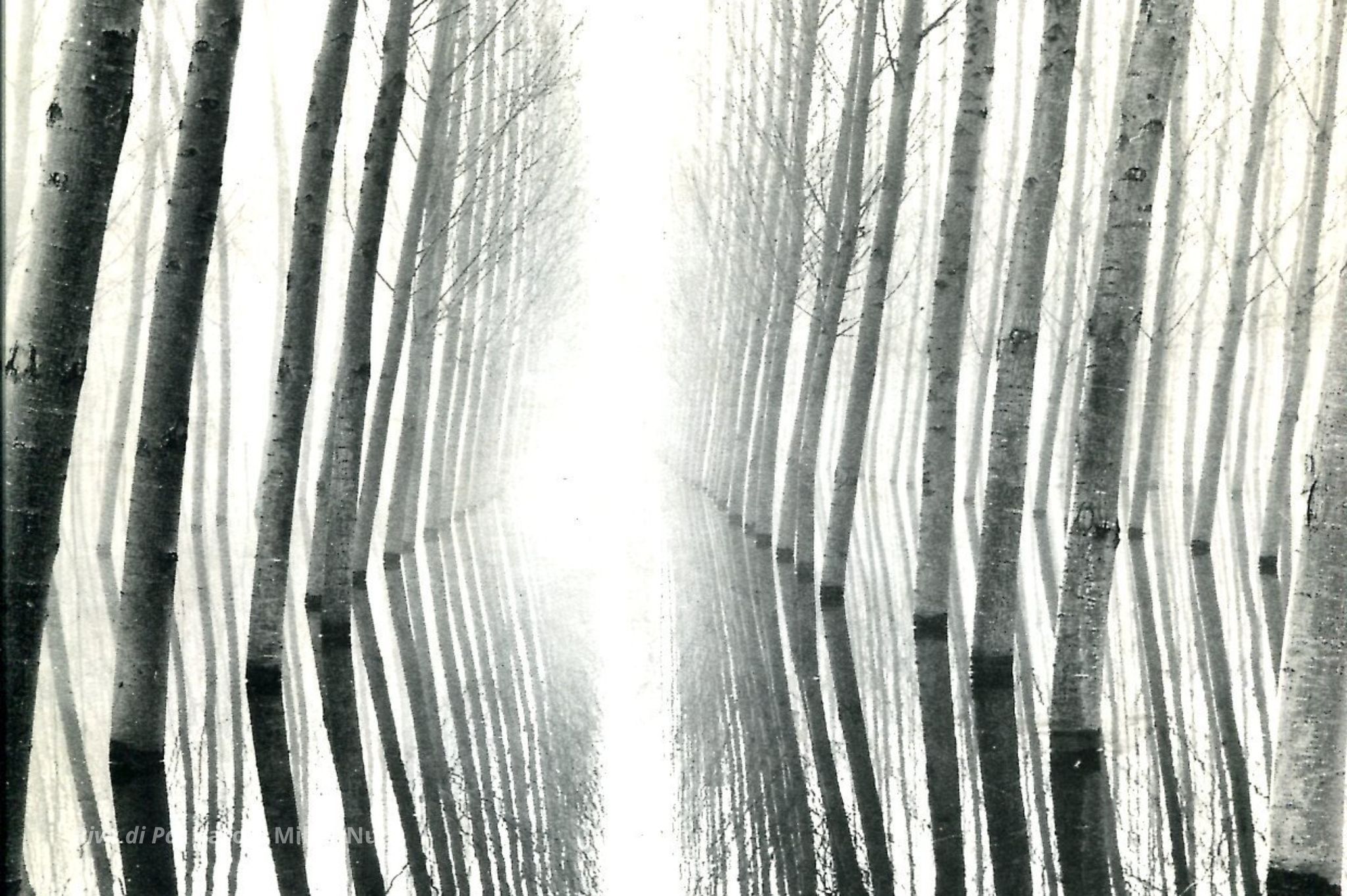
Andy Warhol
Revolutionary and visionary, the American artist (1928-1987) is known as the predominant figure of the American Pop Art movement. He portrayed and reproduced the industrial and massified reality that surrounded him in a cold and detached, almost violent manner, through garish and glacial colours. The main feature of his works is the seriality with which he depicted objects and people that became icons in American society. His painting was considered terrestrial and his art 'the art of resonance, echo, repercussion; an art of document, chronicle, testimony'.
Warhol visited Ferrara in 1975, during his solo exhibition at the Palazzo dei Diamanti Ladies and Gentlemen, an exhibition that confirmed the artist's undisputed genius. On that occasion he was fascinated by the city's architecture and captivated by the countless portraits by Giovanni Boldini (1842-1931), which were on display at the time in the museum dedicated to the Ferrara artist. Warhol paid homage to the atmosphere of the Po Valley by remaking certain works by Giorgio de Chirico (whom he met in New York in 1974), such as The Disquieting Muses or Hector and Andromache: he considered de Chirico's icons to be part of contemporary myth, like Marilyn Monroe's face, and proposed a metaphysics revisited in a pop key.
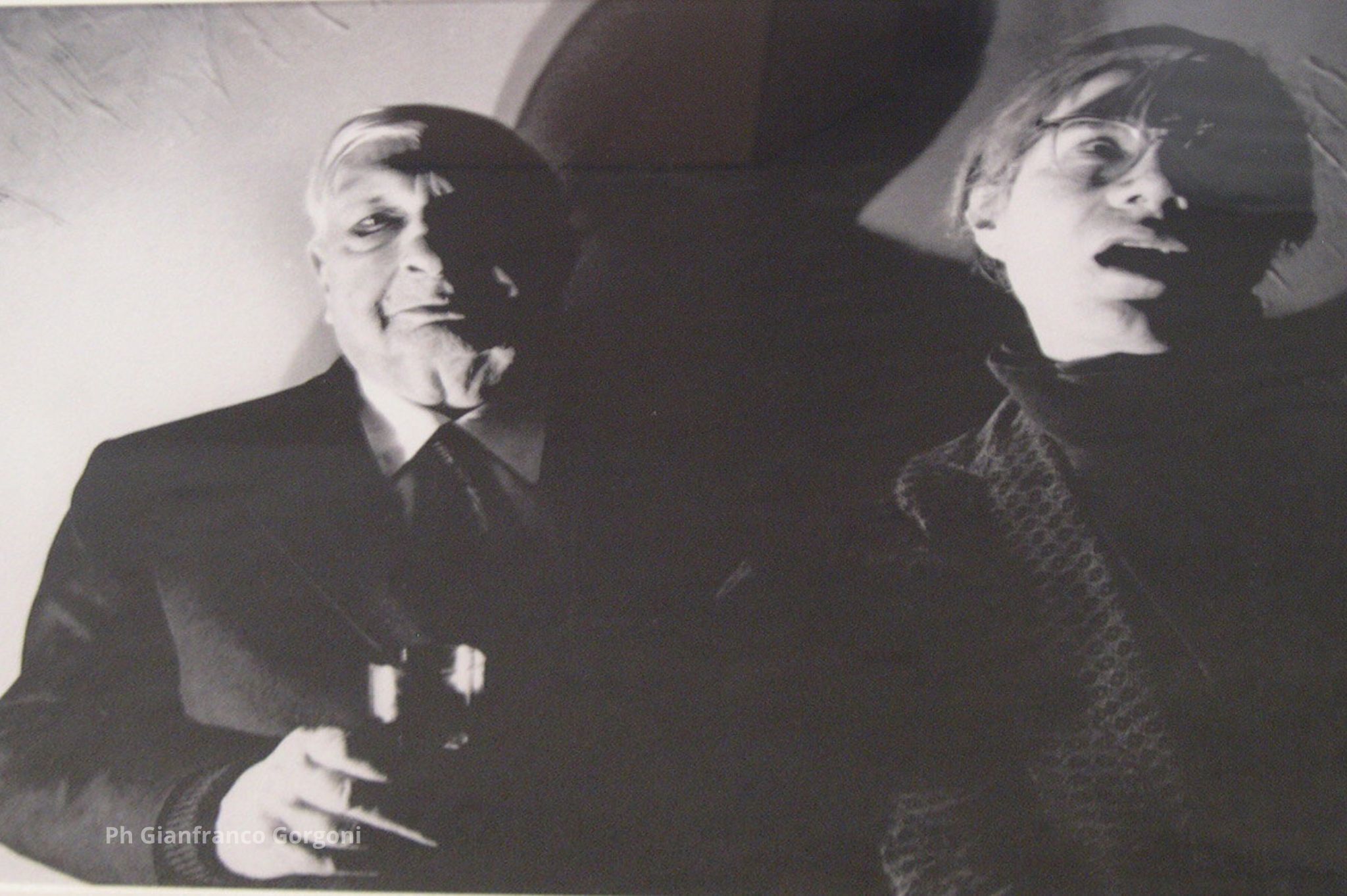
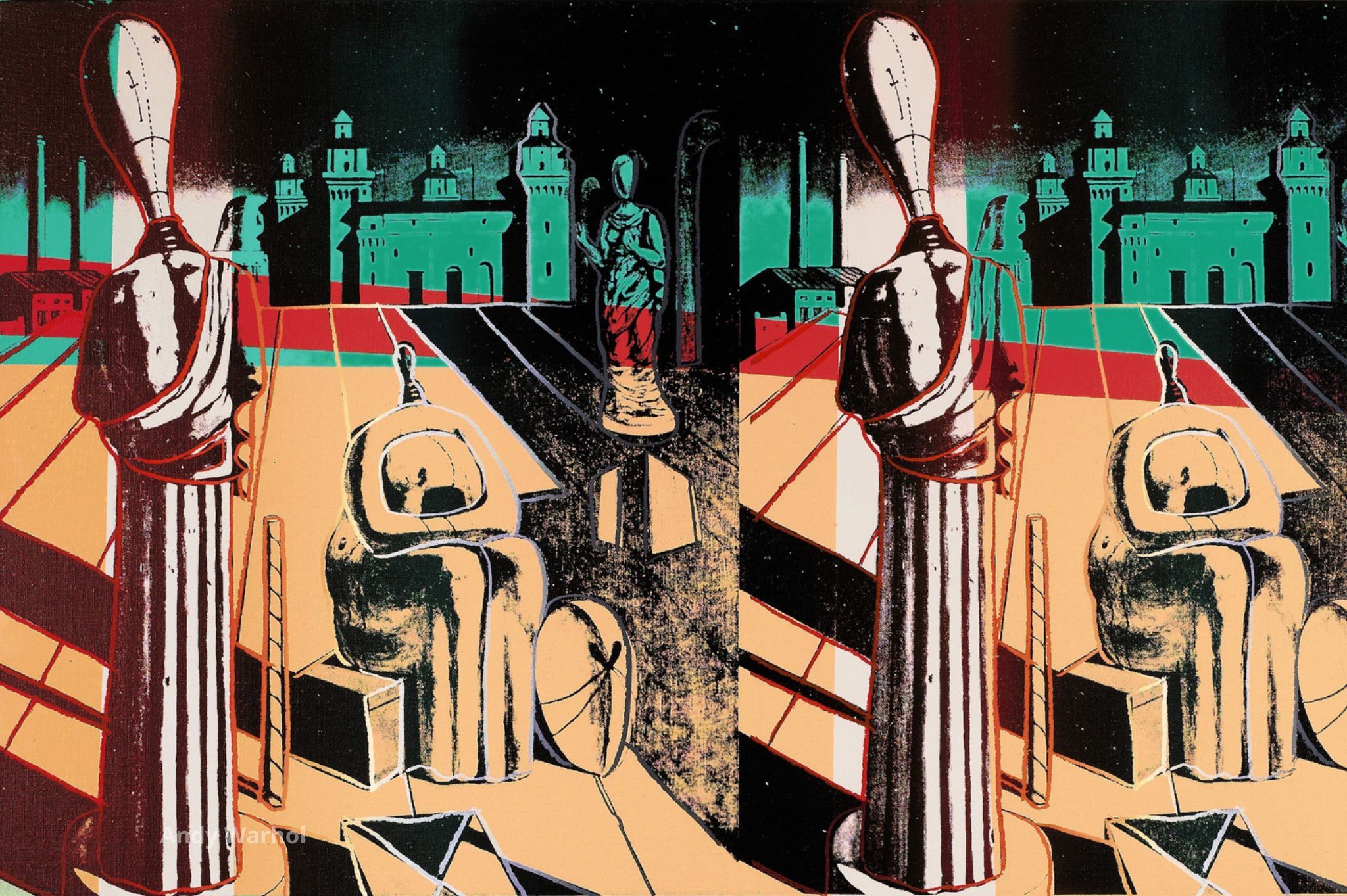
The next time you happen to take a walk through the narrow streets of Ferrara, try to imagine the city through the eyes of Null and Warhol, try to look for the views that bewitched Velàsquez, Turner, and Migra-Tas: you will discover the thousand different dimensions that have travelled through it, from the Renaissance to the more pop.

